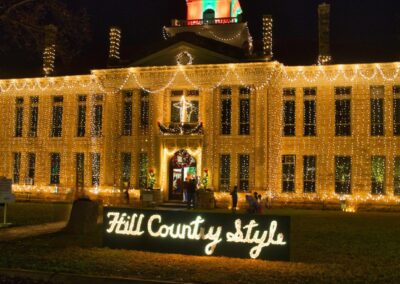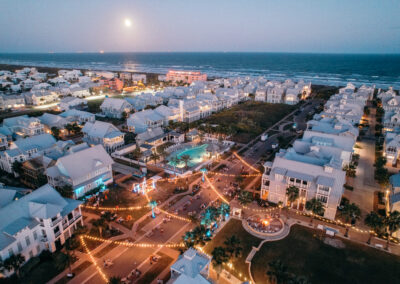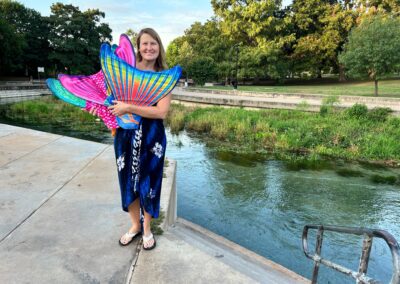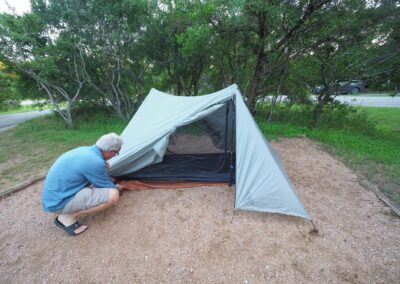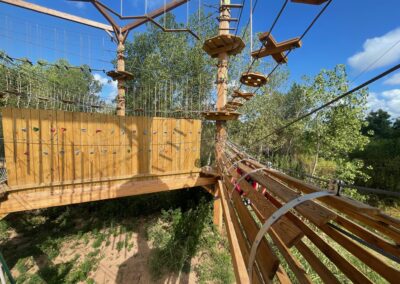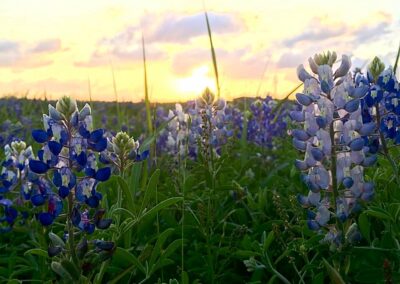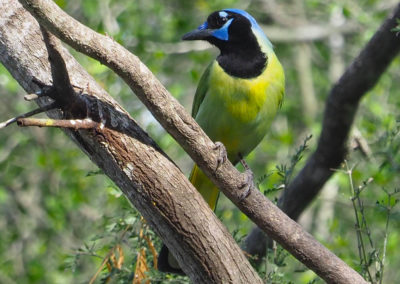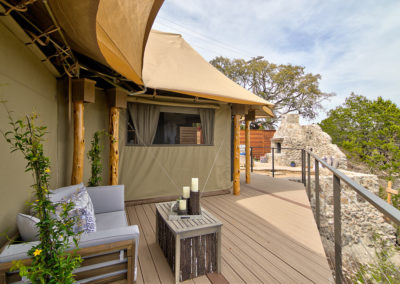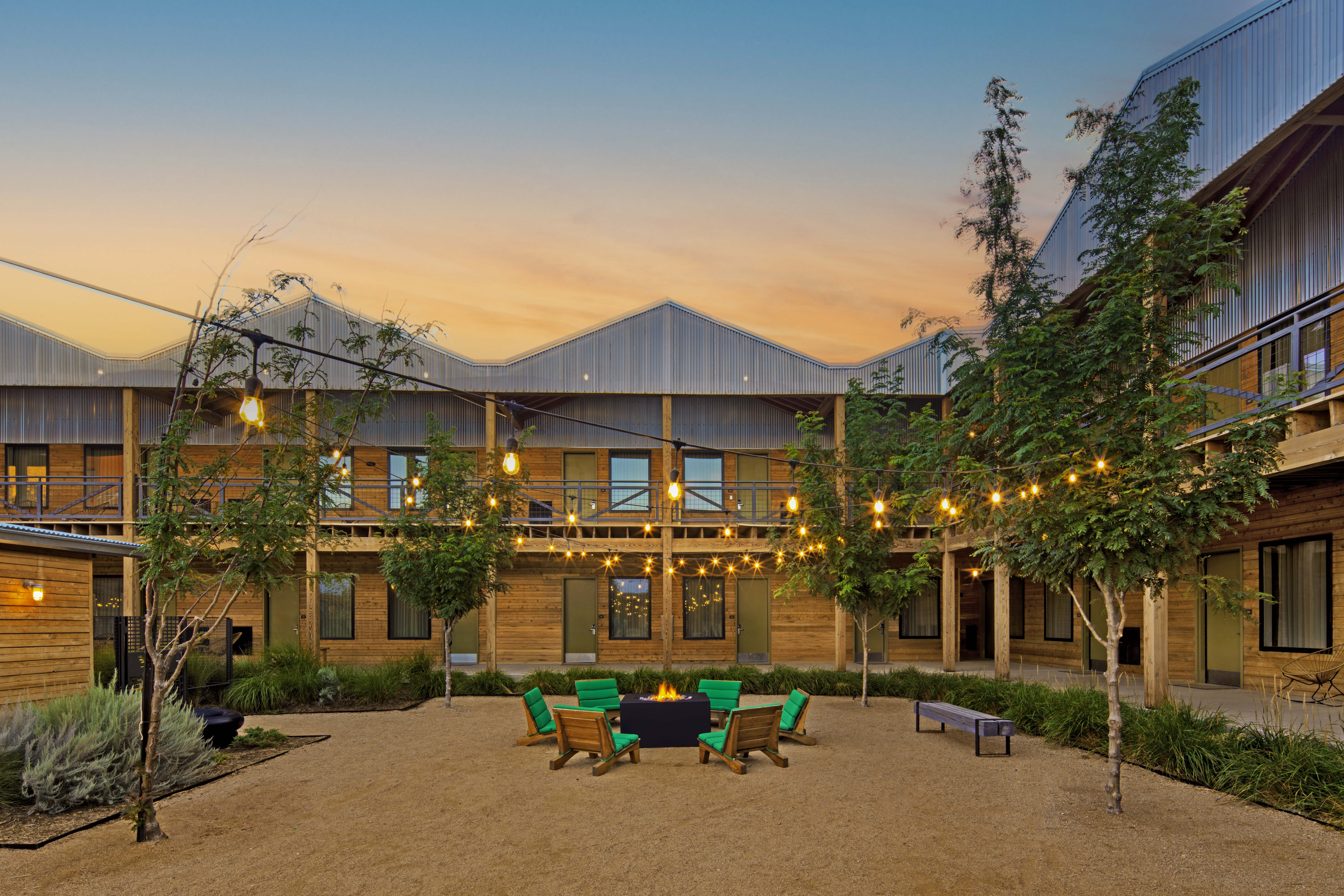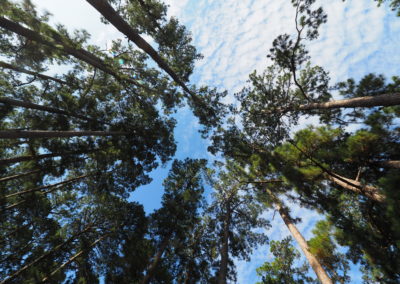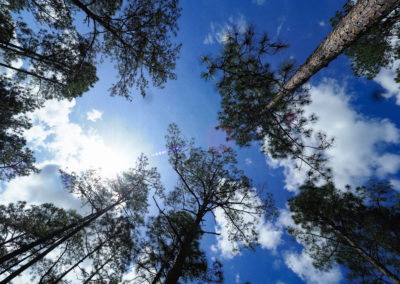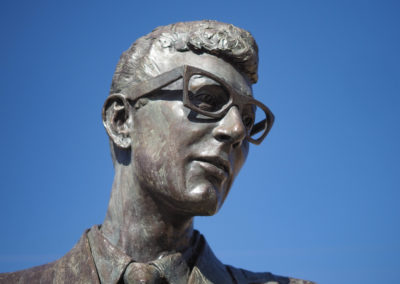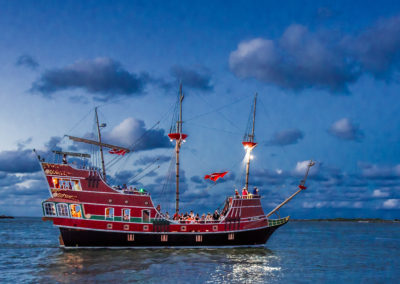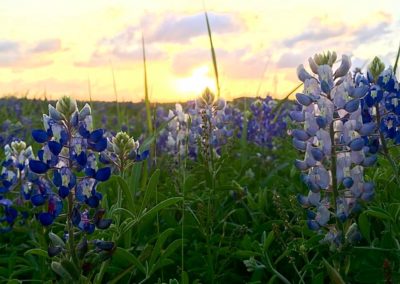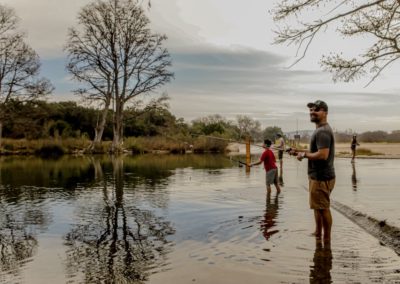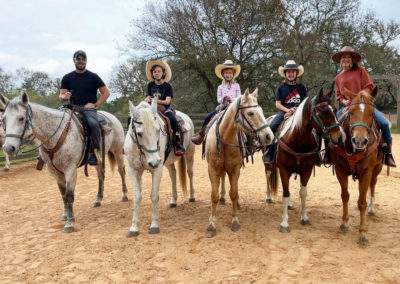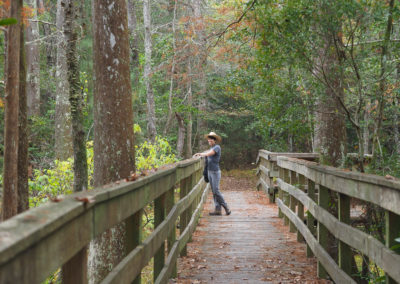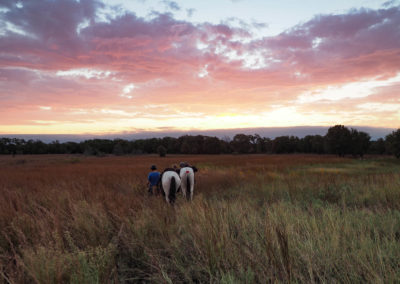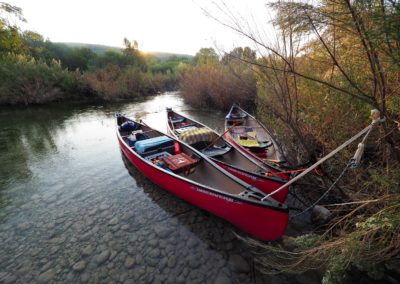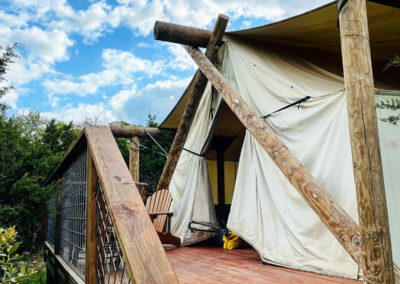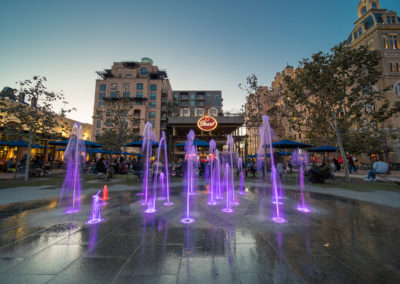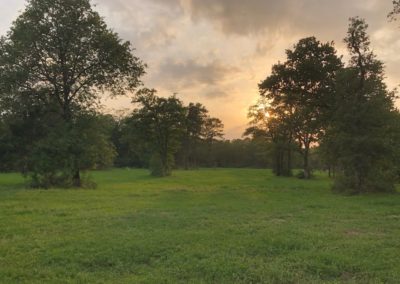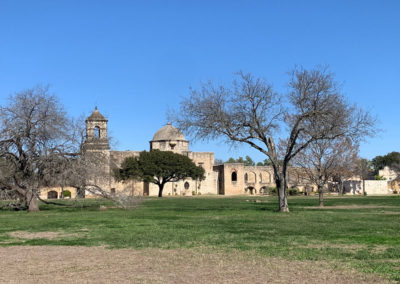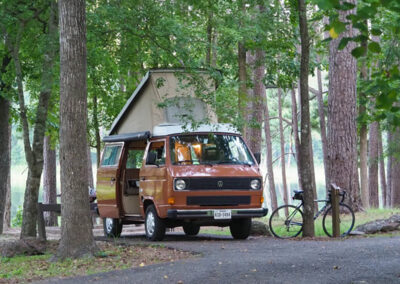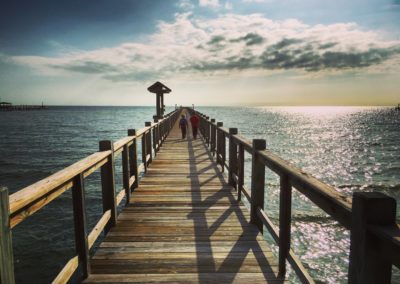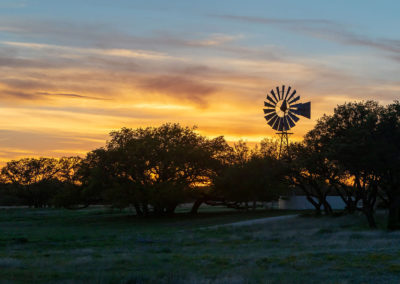
Visitors jump from a rocky ledge at the Devil’s Water Hole at Inks Lake State Park. Pam LeBlanc photo
I caught my first fish at Inks Lake State Park way back in the 1970s, using a tiny hook and a thumbnail-sized corner of a slice of American cheese.
I think it measured a whopping 2 or 3 inches, and I ran screaming for my dad to set it free as soon as I landed it.
That’s just one chapter in a book full of memories linking me to this Central Texas park, located among pink granite outcroppings and cactus-covered hills at the eastern edge of the Llano Uplift.
I camped here with my family half a century ago, when we slept in bunk bed cots under a giant blue canvas tent and drank Tang for breakfast.
RELATED: Central Texas Camping Guide
A couple of decades ago, I competed in a triathlon at the park, and in 2007 I swam across Inks Lake as part of the Highland Lakes Challenge, a series of open-water swim races.

Chris LeBlanc grills hamburgers at Inks Lake State Park in September 2021. Pam LeBlanc photo
It had been a while since my last visit, though, so a few weeks ago my husband and I hopped in Vincent VanGo, our kitted-out-for-camping Ford Transit and aimed for the park for the day.
RELATED: Roaming the road in a campervan
Inks Lake State Park’s history
The State Parks Board first acquired 1,200 acres along the Colorado River in 1940. The Civilian Conservation Corps, which had just completed work on nearby Longhorn Cavern State Park, went to work turning the plot into a public park shortly thereafter. Funding dried up in 1942, though, and work was temporarily abandoned. The State Parks Board finally completed the project, and Inks Lake State Park opened in 1950.
Today, the park offers ample opportunities for hiking, birding, camping, picnicking, boating, fishing and swimming. It’s spliced with “islands” of pink granite-like rock called “gneiss” (sounds like “nice”), and visitors go for family reunions, camping, nature watching and recreating on the lake.
Plan ahead
If you want to visit, you’ll need to book a day pass reservation online in advance. We arrived at about noon. We parked in the day-use area across the cove from the park store and staked out a picnic table under a tree. The campground was completely full, even in late September.

Chris LeBlanc paddles a SUP at Inks Lake State Park. Pam LeBlanc photo
Chris unloaded his standup paddleboard, which we launched in the protected cove. You can also rent a canoe, kayak or standup paddleboard from the park store.
We had a destination in mind: Devil’s Waterhole, a small inlet on the lake that, according to local legend, got its name because the land’s previous owner cursed loudly when his wagon got stuck crossing it. Chris paddled the board while I swam alongside him out of the cove, past the wooden fishing pier and into the popular swimming spot.
Huge slabs of granite rise out of the water at Devil’s Waterhole, creating an interesting spot for lounging, scampering on boulders, and swimming in a place that’s safely out of the way of passing motorboats. It’s also a popular spot for cliff jumping –– just remember there are no lifeguards on duty. Check the water beneath the cliffs –– up to 40 feet high in places –– for obstacles before you make the leap.
We floated around for an hour, watching daredevils take their turns at jumping before heading back to our picnic table. We swam a while longer, then played a game of Yahtzee. After watching a Texas spiny lizard gobble down a fat robber fly, our thoughts turned to our own lunch. We grilled burgers over a charcoal fire, then spent some more time swimming. For dessert, we swam across the cove to the park store, where we bought ice cream sandwiches.
Before departing, we took a few minutes to drive all the camping loops in the park. The sites west of headquarters are more separated and hidden among trees than those on the east, which are stacked one next to the other, without much privacy.

A lizard eats a fly at Inks Lake State Park. Pam LeBlanc photo
The park also has 22 air-conditioned cabins for rent. They’re only a few years old, but don’t expect anything fancy. The structures, equipped with two bunkbeds each, are boxy and built of stone blocks, with small windows. There’s no indoor plumbing, but restrooms with showers are a short walk away.
Park programming
The park offers occasional programming, too.
Want to explore the world beneath the lake’s surface? Attend the Underwater Discovery program at 10 a.m. Nov. 6 and Nov. 20, when you can help pull a seine net through the lake and inspect what you catch. Larval mayflies, water bugs, tadpoles, fish and crawdads are all possibilities.
Want to go fishing? The park’s Fish with a Ranger Program, during which you can learn how to cast a line, meets behind the park store at 10 a.m. Nov. 13 and Nov. 27. Sunfish, catfish, and bass are commonly caught at Inks Lake State Park, which has two lighted piers. All gear is provided for the session, and nobody needs a fishing license to fish from a pier or the shore in a Texas state park.
Maybe you’ll get lucky and catch a 2-inch whopper just like I did a half century ago.
If You Go

Getting there:
Inks Lake State Park is located at 3630 Park Road 4 West in Burnet, about an hour’s drive northwest of Austin.

Stay:
Primitive hike-in campsites are $11; campsites with water are $16; electric sites are $21 and $23. The park has 22 air-conditioned cabins that sleep four people in two bunkbeds. They rent for $55 per night. (Pets are not permitted; no bathrooms or indoor cooking facilities.)
Do:
Hike, swim, boat, fish, or use the park as a home base for exploring Longhorn Cavern State Park.

Pro tip:
A Texas State Parks pass will save you money. Admission is $6 for adults and free for ages 12 and under. But a Texas State Parks pass costs $70 and includes entrance into all state parks for a year. Visitors need a reservation to enter. Go here to make reservations.



















